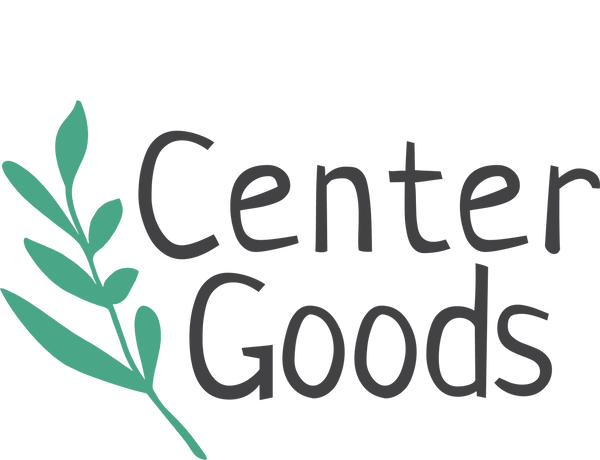United States
Soap Stick Stain Remover
Soap Stick Stain Remover
Couldn't load pickup availability
It works! And it's plastic-free, dye-free, preservative-free, palm oil-free, cruelty-free, and fragrance-free! Better for you, better for the planet.
Just wet the fabric and rub the soap stick onto the stained area, rub it in and let sit 10 or 15 mins, then wash as usual.
Meliora is a great company: Committed to transparency, a Certified B Corp, a 1% For the Planet and Women's Voices for the Earth member, and each item is vegan, cruelty-free, and carries the MADE SAFE and Leaping Bunny seal.
Full Ingredient List: Vegetable Soap [Sodium Cocoate, Glycerin, Organic Cocos Nucifera (Coconut) Oil, Water]
Net Weight 1.7 oz. per stick
Want to know more about the ingredients? Read on!
Coconut Oil is the base vegetable oil used for our soap. Using only coconut oil results in a long-lasting, hard bar that is great for cleaning.
Sodium Cocoate: This is the chemical name of saponified (that is, 'made into soap') coconut oil. It's the chemical that grabs onto both dirt and water to do the cleaning.
Glycerin: This substance is chemically a type of alcohol and is naturally created when the oil is converted into soap. Glycerin is known for skin-softening abilities and is an effective solvent, meaning it can dissolve substances such as stains and dirts.
Organic Cocos Nucifera (Coconut) Oil: There is a small amount of coconut oil left in the soap after conversion to sodium cocoate. This is because we use sodium hydroxide, or lye, in the conversion process and leaving excess oil ensures there is no remaining lye in the finished product. Some soapmakers refer to this as 'superfatting' and more oil remaining results in a softer, more moisturizing bar. Our coconut soap bars have only a small amount of excess oil, so they are not the luxurious body bar type and more of a 'get the job done' bar.
Water: Water is used in the soapmaking process as a substance that dissolves lye and then is a medium so the lye can reach all of the oil to react. After being used in this process, the water is allowed to evaporate from the soap, and the resulting dried bar has very little water. There is only about 5% water remaining in the finished bars, thus making them more shelf stable than a liquid soap that would require a preservative due to the high (about 60%) water content.
Share


